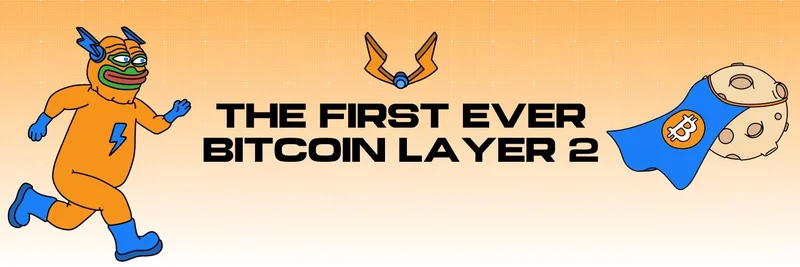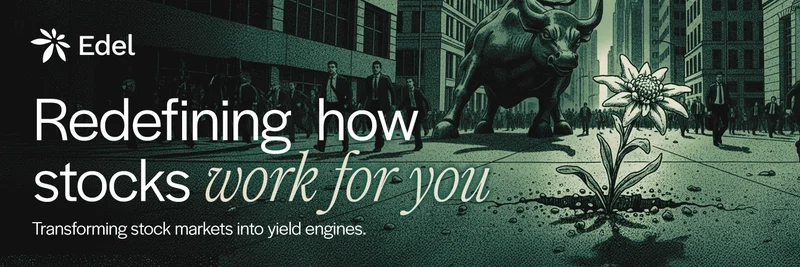In the fast-paced world of blockchain, where meme tokens are exploding in popularity and driving massive on-chain activity, scalability is key. Celestia, a modular blockchain focused on data availability, is positioning itself as a leader in this space. Recently, Celestia co-founder Nick White took to X (formerly Twitter) to reiterate the project's core mission.
White posted, "Celestia's north star is to scale decentralized compute as much as possible to meet the future demand that is inevitably coming." This statement underscores Celestia's commitment to building infrastructure that can handle the next wave of Web3 applications, including the high-volume trading and community-driven hype around meme tokens.
For those new to the concept, decentralized compute refers to distributing computational tasks across a network of nodes rather than relying on centralized servers. This is crucial for blockchain networks to maintain security and censorship resistance while scaling to support millions of users. Celestia achieves this through its innovative data availability layer, which allows other blockchains to use it for storing and verifying data efficiently, reducing costs and improving speed.
This vision is particularly relevant for meme token enthusiasts and creators. Meme tokens often rely on layer-2 solutions or rollups for faster, cheaper transactions. By enhancing data availability, Celestia can supercharge these ecosystems, enabling more seamless launches, trading, and viral campaigns without the bottlenecks seen on congested networks like Ethereum.
The post sparked a mix of reactions from the community. One user expressed enthusiasm, stating, "Celestia has great vision! Celestia is inevitable," highlighting the bullish sentiment around the project. Another affirmed, "Only Celestia can handle it," showing confidence in its technical prowess.
However, not all feedback was positive. A reply questioned the demand, asking, "Are you sure there will be demand?" This skepticism is common in crypto, where market cycles can fluctuate wildly. More pointedly, one commenter urged White to focus on "POG," saying, "Nick, for the love of god. Stop tweeting vapid slop and make progress on POG. Or do you actually not care as the polychain supply is worked through then you can just forget about it."
POG stands for Proof-of-Governance, a proposal floated by Celestia's other co-founder, John Adler, to shift away from traditional Proof-of-Stake (PoS) mechanisms. The idea is to reduce token inflation and align incentives more closely with governance participation. You can read more about it in Adler's forum post or this Binance Square article. This proposal has stirred debate, as it challenges established consensus models and could impact tokenomics, which is a hot topic for meme token holders watching volatility.
Overall, White's tweet serves as a reminder of Celestia's long-term ambitions amid short-term noise. As meme tokens continue to dominate headlines with their cultural and financial impact, projects like Celestia that provide scalable infrastructure will be vital. Whether POG becomes reality or not, the push for better decentralized compute could unlock new possibilities for the entire blockchain space, including more innovative and accessible meme token projects.
Stay tuned to Meme Insider for more updates on how blockchain tech intersects with the wild world of memes. If you're building or trading meme tokens, understanding these foundational layers can give you a serious edge.




